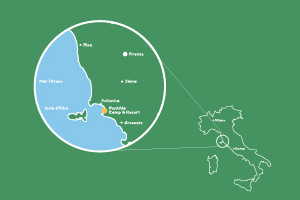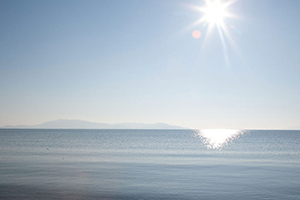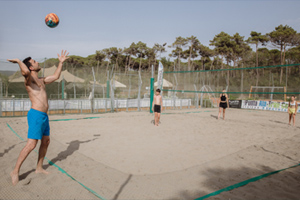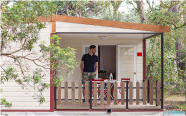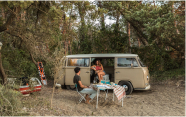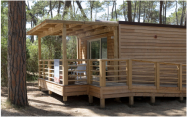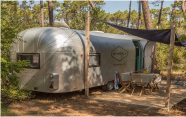Castel del Piano: what to see and how to get there
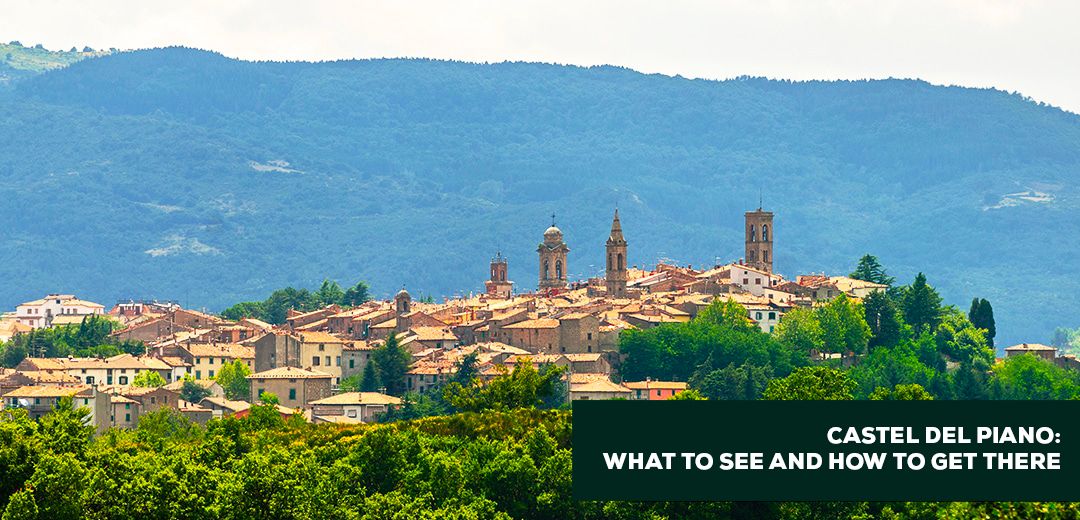
Castel del Piano is characterised by architectural elements ranging from Romanesque to Baroque and by works of art by masters such as Nasini.
Within its folds, Castel del Piano reveals, and simultaneously guards, treasures linked to faith and art, including churches, chapels and artistic masterpieces. Its temporal narrative is intertwined with the hegemony of the Abbey of San Salvatore, passes through the hands of the Aldobrandeschi, the Santa Fiora, is interwoven with the Republic of Siena and the Medici, touching on the Unification of Italy and the events of World War II. Rituals such as the Palio delle Contrade still resound, enhancing the historical essence of this corner of the land.
What to see in Castel del Piano
Part of the territory of Castel del Piano is an interesting icon of local devotion and the area's interesting religious history. Castel del Piano emerges as a place deeply imbued with history and culture, presenting a rich variety of churches and chapels, each with its own artistic and architectural characteristics. The structures are adorned with inscriptions and symbols evoking Christianity, penance and faith.
The interaction of these elements gives the place a distinctive character, making it a visual testimony to the religious and cultural traditions of the area. Renaissance art, the works of notable painters such as Nasini, Romanesque and Baroque architecture, and links with religious figures such as St. Bernardine and St. Catherine make this place a treasure trove, a hidden treasure for those who love art and history.
The combination of ancient and modern architecture, priceless works of art, historical traditions and local legends makes Castel del Piano a fascinating place to explore for anyone interested in sacred art and the history of Tuscany.
If you are in the area, some places you might want to visit include:
Parish Church of the Nativity of the Madonna
See the intricate façade, bell tower, and frescoes inside.
Church of Our Lady of Grace
Don't miss the works of art by Francesco Nasini and Anna Muschi.
Church of San Leonardo
Explore this Romanesque building, its marble slabs, and 1854 organ.
Church of the Blessed Sacrament
Admire the travertine stoup attributed to Francesco Nasini.
Church of St Joseph
Enjoy the painting The Marriage of the Virgin by Francesco Nasini.
Remains of San Processo
If you are adventurous, you could search for the remains of this ancient convent.
Santa Flora in Noceto
Although in ruins, this small rural church has a charm of its own.
The Crosses of Baldassarre Audibert
These mysterious crosses can be found all over the area and are an interesting example of popular devotion.
Remember to show respect and consideration at sacred sites and to follow any local guidelines or regulations during your visit. It may also be useful to plan a guided tour with an expert guide who can provide insights and context on the many historical and artistic gems of Castel del Piano.
The history of Castel del Piano
The Dominion of the Abbey and the Aldobrandeschi family
Since 890, Castel del Piano has been among the possessions of the Abbey of San Salvatore, dominating that territory for about four centuries. In ancient documents it is mentioned as 'casale Plana'. In the 11th century, the Aldobrandeschi took the neighbouring village of Montenero from the Abbey. Subsequently, this powerful family of Lombard origin extended its influence also over Castel del Piano.
The Era of the Santa Fiora family and the Republic of Siena
In 1274, the territory in question passed to the Santa Fiora branch following the division of the Aldobrandeschi lineage. In 1331, the Santa Fiora ceded the village to the Republic of Siena, thus ending the rule of the Aldobrandeschi with a military campaign led by Guidoriccio da Fogliano. After the fall of Siena in 1559, the Medici emerged strongly, taking control of the entire territory.
The Unification of Italy and the Second World War
The municipality followed the fate of the Grand Duchy until the Unification of Italy. During the Second World War, Castel del Piano stands out as one of the first places to set up a National Liberation Committee.
The Palio delle Contrade of Castel del Piano
The town evokes its medieval history through the Palio delle Contrade, dedicated to Our Lady Most Holy of Grace. The celebration in question has its origins in the 15th-century 'Fiera di Merci e Bestiame' (Goods and Cattle Fair) and, from 1431, acquired a religious connotation. The modern Palio, which arose in 1765 and was contested for the first time in 1771, was suspended due to wartime conflicts and resumed after World War II. Currently, the event is held every 8 September, accompanied by a historical procession that recalls the events of the period between the 14th and 15th centuries.
Map of Castel del Piano
How to get to Castel del Piano
To reach Castel del Piano from Cinigiano by vehicle, it is essential to follow the SP323. The distance connecting the two localities is between 15 and 20 km and the journey may take between 20 and 30 minutes, depending on traffic conditions.
Where Castel del Piano is located
Castel del Piano, located 637 metres above sea level on Mount Amiata, boasts the church of San Niccolò and Lucia and the 15th-century Palazzo Nerucci. It borders with various municipalities and covers 67.78 km², with a density of 63.90 inhabitants/km².












